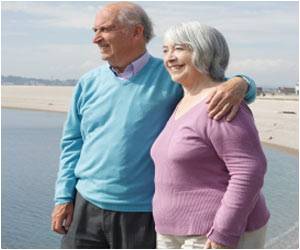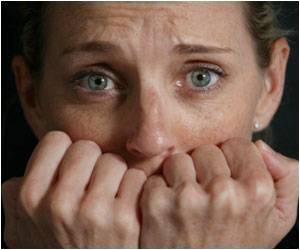Perceptions of park-centered crime could keep New Yorkers from using it no matter how close parks are to home. This interferes with their physical and mental health advantages a park could offer, reports a new study.

‘Investing in park safety could offer a practical way of improving physical and mental health in different communities in the city.
’





"Living near a park may not be enough to improve your physical and mental well-being through exercise," says study lead author Stephanie Orstad, Ph.D., a research assistant professor in the Department of Medicine at NYU Langone Health. "If we want to make the most of the abundant health benefits parks offer, then we need to make them accessible and safe for everyone." Many past studies have linked the availability of urban green spaces to lower stress levels, weight, and risk of heart disease, the study authors say. Other work has shown that living closer to a park leads to fewer days of anxiety and depression.
The new study is the latest to suggest that safety concerns could interfere with mental health advantages that park proximity offers New Yorkers, Orstad says.
For the investigation, the researchers analyzed responses from more than 3,800 New Yorkers who completed the city's 2010-2011 Physical Activity and Transit Survey. The assessment tracked the participants' mental health, as well as how long they estimated it would take them to walk from home to the nearest park. The survey also asked participants to estimate how often they used the park to exercise or play sports.
Nearly twice as many people said they exercised in the nearest park "sometimes," or "often" if they lived less than a five-minute walk away, compared with people who estimated living more than 30 minutes away, the researchers say. In addition, people who described themselves as "frequent" park exercisers reported having one fewer day of mental health issues a month compared to people who said they "rarely" or "never" were active in their local park.
Advertisement
"Investing in park safety offers a practical way of improving physical and mental health in different communities in the city, especially in areas where there are stigmas associated with seeking help," says senior study author Melanie Jay, MD, MS, an associate professor in the Department of Medicine and Population Health at NYU Langone. "It takes advantage of resources that may already exist in the neighborhood."
Advertisement
Source-Eurekalert















